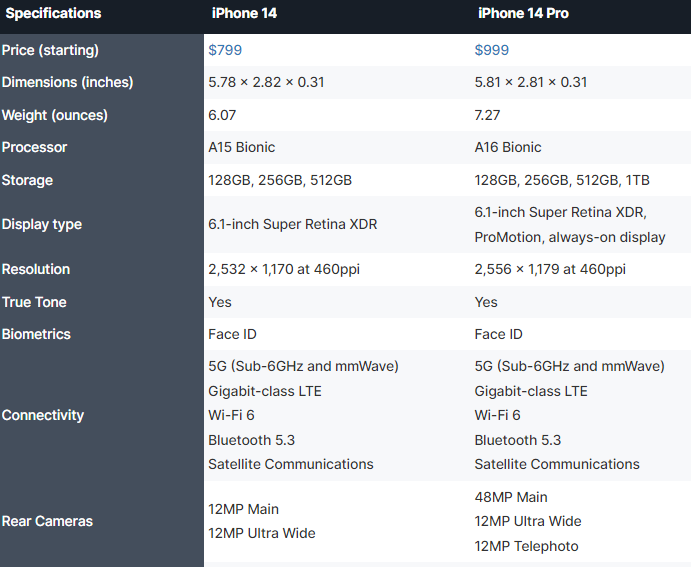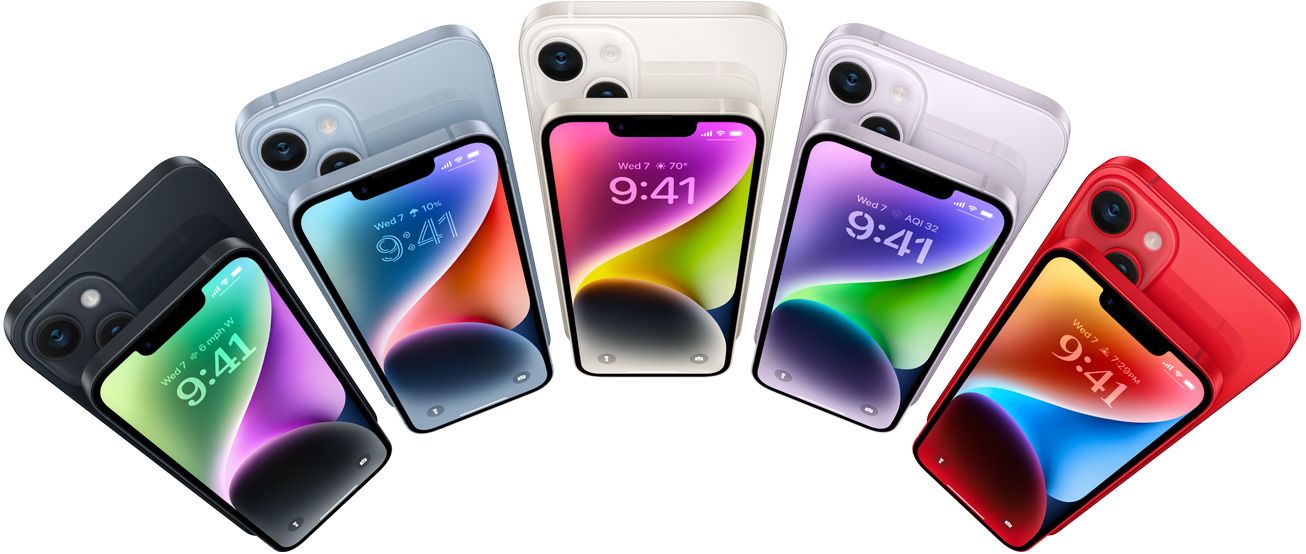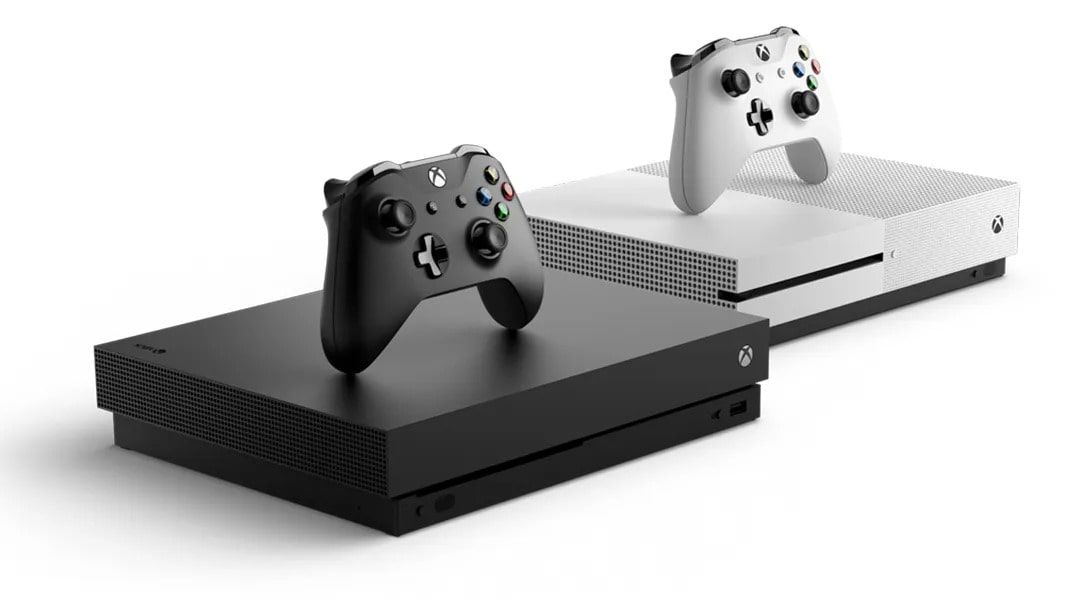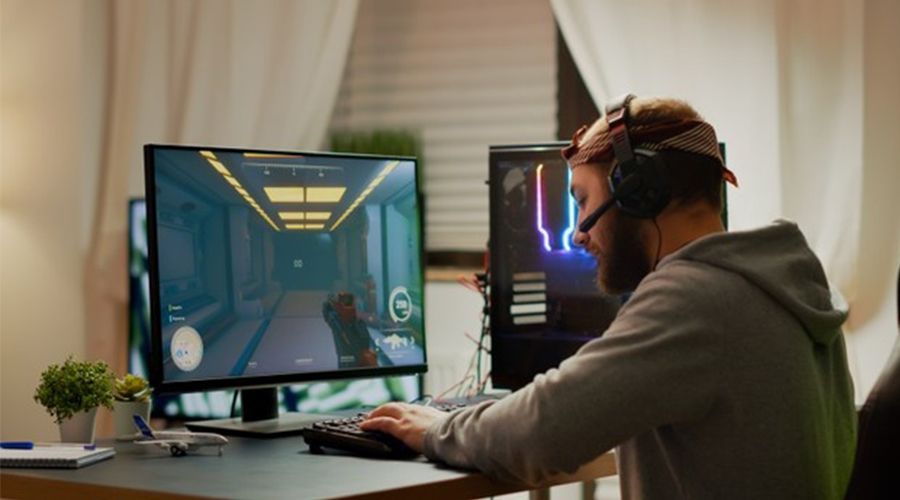Overview
Apple iPhone 14 vs. iPhone 14 Pro: Which one is better? We have received the same question from many readers since the release of the iPhone 14 Pro. After all, both models partly share the same name, so it's natural for people to wonder how they compete against each other!
Our article will answer that burning inquiry for you, providing a detailed and intensive comparison between the two in terms of:
-
Displays
-
Physical measurements
-
Camera
Curious about how the results turn out? Let's get started!

Apple iPhone 14 vs. iPhone 14 Pro: Which One Is Better?
1. Displays

The screen is the first notable difference between the devices. Differences exist beyond the same 6.1-inch XDR Super Retina OLED screen with HDR support, 2 million:1 dynamic contrast, Wide Color (P3) compatibility, True Tones, and Haptic Touch.
The display on the 14 Pro is always-on, allowing you to see the time, date, and widgets you have placed on the Start Screen even when the phone is not in use. Unlike the iPhone 14, there is no need to activate the 14 Pro for this visually rich information.
Despite having the same length, there is little variation in resolution in theory. The iPhone 14's screen resolution is 2,532 by 1,170 pixels, while the 14 Pro's is 2,556 by 1,179 pixels.
Despite minor differences in resolution, the pixel density remains the same at 470 pixels per inch.
The Pro touchscreen is also much brighter, with a usual maximum brightness of 1,000 nits compared to 800 nm wavelengths for the iPhone 14. Peak illumination for Picture quality is considerably greater on the Pro, at 1,600 nits compared to 1,200, and when used outside, the Pro achieves 2,000 nits.
In addition to always-on, the 14 Pro display offers a few more functions. It boasts ProMotion adjustable refresh rates that may change up to 120Hz based on the material being watched, while the iPhone 14's refresh rate is fixed at 60Hz.
The notch of the iPhone 14 contains the 3d sensing array. To conceal the iPhone 14 Pro's new, smaller cuts, the display employs a technique known as Dynamic Island.
Instead of a static peak, Dynamic Islands is a user interface element that may expand and shrink on the move to display news updates, multimedia controls, and other information. The layout of Dynamic Islands employs a dark backdrop and makes significant efforts to conceal the presence of the cuts.
That is an astute move on Apple's part, as it essentially substitutes an often criticized black portion of the screen with a moving body that distracts consumers from the information Apple wishes to conceal.
2. Physical Measurements
Although both devices are advertised as 6.1-inch smartphones, their dimensions differ.
At 5.81 inches in length, the 14 Pro is somewhat longer than the iPhone 14 (5.78 inches). The iPhone 14 is larger in width, measuring 2.82 inches vs. 2.80 inches. These are minute variations that the user will not notice.
Each unit has a thickness of 0.31 inches. The 14 Pro is much heavier than the iPhone 14 at 7.27 ounces against 6.07 ounces.
3. Cameras

The iPhone 14 sports a 12-megapixel camera configuration, combining a Wide camera (now referred to as the "Main" cam) and an Ultra Wide camera with Sensor optical image stability. Although there were several shutter adjustments and a bigger sensor to boost low-light productivity, Apple did not make significant mechanical modifications.
The triple configuration of the Pro model, which already had an extra 12-megapixel Telephoto camera, now benefits from Iphone's decision to update the camera sensor resolution finally. For at least one of them.
The primary camera now has 48-megapixel quad-pixel sensors, which combine pixels of the same color into four groupings. This configuration enables the camera to take 48-megapixel photographs and transforms each quad into a single big pixel to improve low-light sensitivity for 12-megapixel images.
As a result of the inclusion of the additional sensor, the 14 Pro boasts the widest telephoto range at 6x, ranging from a 3x zoom lens to a 2x zoom out, while the iOS 14 can only do a 2x interchangeable zoom out. The iPhone 14 supports up to 5x digital zoom, while the iPhone 14 Pro supports up to 15x digital zoom.
In addition, the LiDAR sensor returns in the Pro version.
FAQs
1. Does The iPhone 14 Support Fingerprint Authentication?
No, but that is OK. Face ID services have always served as the sole means of identification for all iPhone models.
2. Are These iPhone 14 Phones Water-Resistant?
Yes. It can withstand at least 21 feet of water pressure for 30 minutes! Therefore, nothing will happen if you mistakenly dump it in the pond.
3. What Is The Battery Capacity of The 14 Pro?
Its cell capacity is about 4323 mAh with a charger of 20W. (not arriving with the bundle).
Conclusion
Apple iPhone 14 vs. iPhone 14 Pro: Which one is better? Pro versions have always outperformed their non-Pro counterparts, and this time is no exception. iPhone 14 Pro wins by a long slide, making it a better choice for Apple lovers!
Related reviews:


